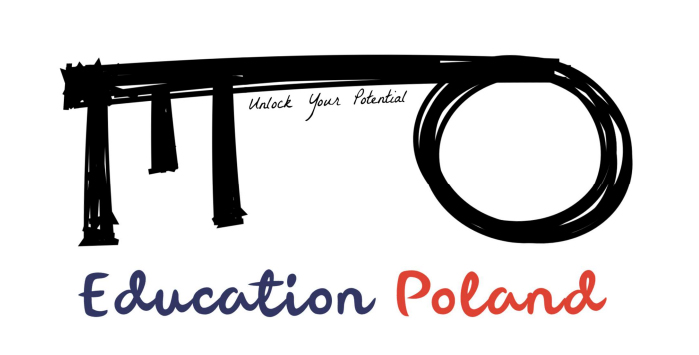Warsaw
![]() Polish name: Warszawa, Population: 1,7 million.
Polish name: Warszawa, Population: 1,7 million.
The capital city of Poland and it’s economic and business center, where all the administrative facilities are located. It’s important to know, that Warsaw was entirely destroyed during II World War and it was rebuilt in second half of 20th century. Warsaw is a very dynamically developing cultural and entertainment center. For now it’s the only city in Poland with underground communication (two subway lines). A lot of people living in Warsaw aren’t native Varsovians, they came here to study and work from other parts of Poland.
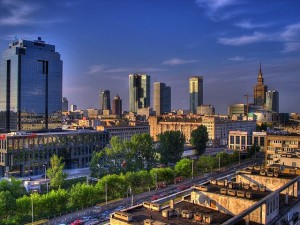
A panorama of Warsaw city centre.
There are up to 80 public and private universities in Warsaw. The most popular of them are:
- University of Warsaw (UW)
- Warsaw University of Technology (WUT)
- Warsaw University of Life Sciences (SGGW)
- Warsaw School of Economics (SGH)
- Warsaw School of Fine Arts (ASP)
- University of Social Science and Humanities (SWPS)
- Kozminski University (ALK)
- Polish-Japanese University of Computer Science (PJATK)
- Vistula University (AFBV)
- Collegium Civitas (CC)
History & Culture
The legend about Warsaw says that it was established because of a love affection… One day young and handsome fisherman, named Wars, was casting his nets by the Vistula river and caught a mermaid in it. He fell in love with her, and as she loved him back, her tail magically transformed into legs. She took up a name Sawa. Since then the couple lived happily by the shore of the Vistula river (Wisła) and found a city there – its name was created after combined names of legendary lovers – Wars and Sawa.
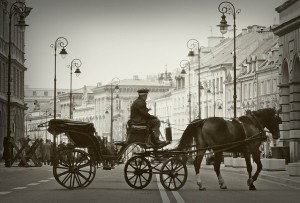
A cab from pre I World War period.
Actually Warsaw was founded in about 12th century, at first it was just a regular growing city, but then since 1596 it became the capital city of Poland. Warsaw was almost totally destroyed during II World War, and rebuild in the second half of 20th century. People from all around the country came to Warsaw and help to remove ruins of the former city and rebuild new one.
Varsovians love to participate in cultural life around the city, which has 63 museums, 76 parks, 28 cinemas and 56 theaters and musical establishments. Warsaw also held a lot of different movies, music, street art, theaters and performance festivals.
Thursday is the day when enterance to Warsaw galleries and museums are free of charge.
Most important places to visit
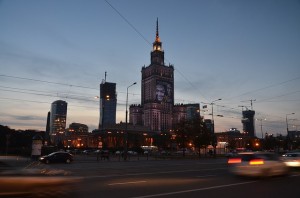
Palace of Culture and Science
Palace of Culture and Science – typical representative of Socialist Realist architecture, completed in 1955 as a gift for Poland from Soviet Union. Despite socialistic history, nowadays it’s an architectural symbol for Warsaw. Palace of Culture and Science accommodates theaters, museums, schools, cinema and the biggest concert room in the city – Sala Kongresowa. On the 30th floor there’s a viewing platform, which offers panoramic view of Warsaw.
National Stadium – big, modern sport stadium build to held European Football Championship UEFA EURO 2012™. Former in that place there was 10th-Anniversary Stadium.
National Museum – representative of inter-war period architecture. The museum contains collection of exhibits from antiquity to modern times. It organizes a lot of temporary exhibitions artists from all around the world.
Copernicus Science Centre – great place for adventure and science. Modern, interactive centre of science where visitors can carry out experiments about complicated natural phenomena and by that – understand them. Its area is 22.000 sq. km.
Warsaw Uprising Museum – opened on the 60th anniversary of Warsaw Uprising, it pays tribute to people who fought and died for their country’s independence. It’s designed in a former tramway power station.
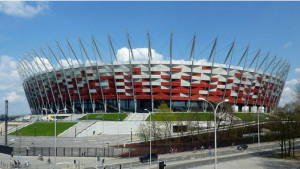
National Stadium
Museum of the History of Polish Jews – cultural and educational center with temporary exhibitions, films, debates, workshops, performances, concerts and lectures. The main exhibition of museum presents the thousand-year history of Polish Jews.
Old Town – district where Royal Castle and Kings Sigismund’s III Waza Column are located. A place away from loudness of city life, but still in the heart of it. You can find a lot fine restaurants in here, but be careful – they are all very expensive.
Nowy Świat Street – the most expensive and representative street in the city center.
Łazienki Królewskie Park-Palace Complex – established in the 17th century, summer residence of Poland last king – Stanislaw August Poniatowski, who also organized there his famous Thursday dinners.
Wilanów Park-Palace Complex – located at Wilanow district, summer residence of King Jan III Sobieski and after him – Augustus II. Representative of European Baroque. Palace is surrounded by giant, beautiful garden.
CSW – gallery – Center of Contemporary Art.
Accommodation
All of Warsaw universities has their own dormitories, please contact with schools authorities to know more about accommodation conditions and costs.
Additionally Warsaw has a big accommodation resources – hundreds of hotels and hostels. The prices are different depending upon location and standard. You can also easily rent a room or a flat in here.
Transport
Public transport in Warsaw is provided by buses, trams, metro and urban railway stations. Over 1500 buses, 400 trams and 30 underground trains ride through the city every day. The tickets type are various (time-limit, single-fare, short-term, long-term), but the most convenient one is a long-term ticket (valid for all the type of transport in 30 or 90 days terms). Its cost is about 110 PLN per month. Long-term tickets are code on personalized Warsaw City Card and Student Electronic Card. Students under 26 (with document that they are students) can buy tickets for half the price.
Tickets for all public transport are available at local kiosks (news-stands) or in ticket vending machines, located near from almost every bus and trams stations and at every metro station or inside the vehicles (buses and trams).









